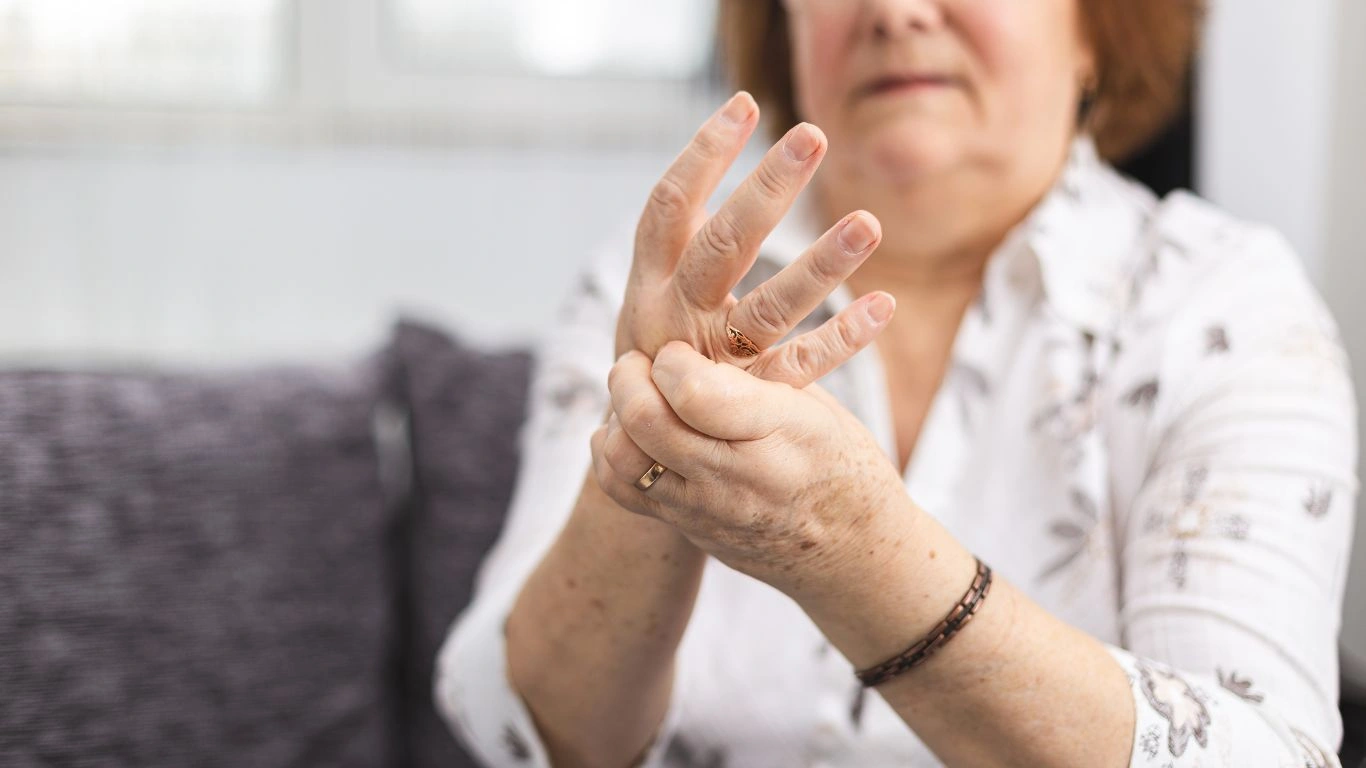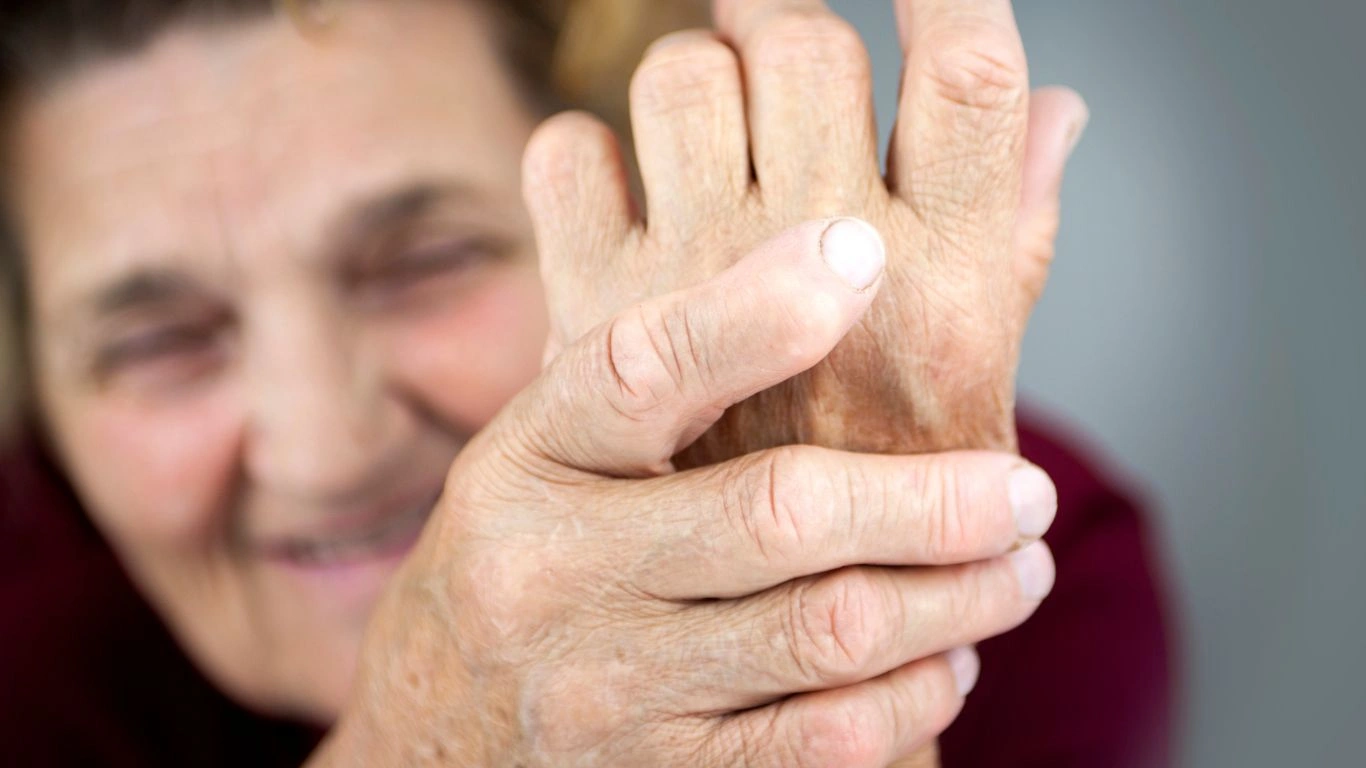Uncover the Hidden Link: Rheumatoid Arthritis and Anemia Challenges
If you’ve ever felt like your body was fighting you from the inside out, you’re not alone. I’ve seen it time and again in my years as a Rheumatology nurse practitioner — patients coming in, exhausted, achy, and unsure of why they feel like they’re running on empty. One of the most common culprits? Rheumatoid arthritis and the connection to anemia. It’s a frustrating combo that can be sneaky and seriously misunderstood. Let’s break it down together — no jargon, no fluff, just real talk.
What’s Really Going On With RA and Anemia?

First off, rheumatoid arthritis (RA) is more than just joint pain. It’s a full-body autoimmune condition, meaning your immune system has decided to wage war on your joints — and, sometimes, your blood too. That’s where anemia steps in. Many of my patients are surprised when their labs show low iron or hemoglobin. They’re thinking, “Wait, isn’t anemia something totally different?” Not quite.
RA triggers chronic inflammation, and that inflammation messes with how your body produces and uses red blood cells. It’s like your bone marrow’s getting mixed messages — “Should I make more blood? Or nah?” Over time, that confusion can lead to anemia of chronic disease (also called anemia of inflammation), which is super common in people living with RA.
Types of Anemia Linked to RA
It’s not just one type of anemia either. Here’s what I often see in clinic:
- Anemia of Chronic Disease: The most common in RA. Caused by inflammation interfering with iron usage and red blood cell production.
- Iron Deficiency Anemia: Can coexist with RA, especially if there’s bleeding from NSAID use or poor diet.
- Vitamin B12 or Folate Deficiency: Less common, but worth checking — especially in patients with poor absorption or restricted diets.
Each type needs a different approach, which is why digging into labs and symptoms is crucial. I always tell my patients, “Anemia isn’t a one-size-fits-all situation. We’ve got to figure out your version of it.”
Why Fatigue Hits So Hard

Let’s talk fatigue — not just being tired, but that bone-deep exhaustion that doesn’t lift no matter how much you sleep. If you’re dealing with RA and anemia, the fatigue is real. I’ve had patients describe it as “walking through molasses” or feeling like they’re “running on 10% battery all day.”
That’s because when your red blood cells are low, they can’t carry enough oxygen to your muscles and brain. So everything feels harder — thinking clearly, standing up, even brushing your hair some days. And if your RA’s flaring at the same time? Double whammy.
What I Look for During Patient Visits
From the minute a patient mentions chronic fatigue or shortness of breath, I start thinking: could this be anemia on top of RA? Here’s what I usually check:
- Complete Blood Count (CBC): Especially hemoglobin and hematocrit levels.
- Ferritin and Iron Studies: To see if we’re dealing with iron deficiency or just inflammation.
- Vitamin B12 and Folate: For a more complete picture of red blood cell production.
- Reticulocyte Count: Helps me see if the bone marrow’s trying to compensate or not.
These labs, combined with your symptoms and RA history, paint a fuller picture. It’s like putting together a puzzle — and believe me, every piece matters.
Inflammation: The Root of It All

RA-related anemia isn’t just about iron. It’s about inflammation — that chronic, low-level smolder that affects everything from your joints to your blood cells. Cytokines (those inflammatory proteins) can actually block iron from being used properly and slow down your bone marrow. Imagine trying to bake bread with all the ingredients, but your oven just won’t turn on. That’s kind of what your body’s dealing with.
Over time, this leads to that sluggish feeling, the pale skin, the heart palpitations — all signs that your red blood cells are falling behind. That’s why addressing the underlying inflammation is just as important as fixing the anemia itself.
Lab Tests That Can Reveal the Anemia Puzzle

One of the most valuable tools we have in figuring out rheumatoid arthritis and the connection to anemia is a good old-fashioned blood panel. Now, I’m not just talking about your basic hemoglobin count—although that’s a solid starting point. What I’ve learned from treating RA patients over the years is that we have to go a few steps deeper to truly understand what’s going on.
Here’s a quick breakdown of the labs I usually run when anemia is on the table:
- CBC (Complete Blood Count): Helps us spot low hemoglobin or hematocrit, and gives clues with red blood cell size (MCV).
- Iron Panel: Includes serum iron, total iron-binding capacity (TIBC), and transferrin saturation.
- Ferritin: This one can be tricky because it’s also an acute phase reactant—it goes up during inflammation, which can mask a deficiency.
- Reticulocyte count: Tells us whether your bone marrow is actually trying to produce new red cells.
- Vitamin B12 and Folate: Deficiencies in these can also cause anemia, especially in patients on methotrexate.
I always tell my patients: we’re not just chasing numbers. We’re looking for patterns, for clues. Sometimes it feels like detective work, but it’s absolutely worth it when someone finally starts feeling like themselves again.
Treatment Strategies That Make a Real Difference

Once we’ve nailed down the type of anemia, the next step is getting a personalized plan in place. And let me tell you, it’s rarely a one-size-fits-all situation. I’ve had patients bounce back quickly with iron supplements, while others needed a bit more finesse and support. That’s why a tailored approach is so important.
Targeting the Root Cause
When anemia is primarily due to inflammation (which is super common in RA), treating the underlying disease is absolutely essential. I’ve seen patients improve just from finally getting their RA under better control. Medications like methotrexate, sulfasalazine, or biologics—when effective—can calm the immune system and let the body get back to making red blood cells properly.
Supplementation and Dietary Support
For iron deficiency anemia, I often recommend starting with oral iron (unless gut issues or absorption problems are involved). Some patients respond well to:
- Ferrous sulfate or ferrous gluconate: Taken with vitamin C for better absorption.
- Iron-rich foods: Red meat, spinach, lentils, and fortified cereals.
- IV iron infusions: For those who can’t tolerate oral forms or don’t absorb them efficiently.
And I always remind folks—don’t forget the B12 and folate! Especially if you’re on methotrexate, supplementing with folic acid is not optional. It’s a must.
Monitoring and Adjusting Over Time
Managing anemia in RA isn’t a set-it-and-forget-it kind of deal. I like to recheck labs every few months, especially if symptoms haven’t improved. Sometimes things shift—iron levels normalize, but hemoglobin stays low, or inflammation flares again. Staying flexible and responsive is key.
Real-Life Patient Stories (With Permission)

Let me share a couple of anonymized stories from my practice that really illustrate the range of experiences here. There was a woman in her late 40s—we’ll call her Laura—who came in feeling exhausted all the time. Her RA wasn’t flaring badly, but her hemoglobin was sitting at 9.8, and she was so pale she could barely make it through her shifts as a teacher. We ran the full anemia workup and found she was iron deficient and had mild folate deficiency. With iron supplements and folate, she perked up in just weeks—and she looked me in the eye and said, “I didn’t realize how bad I felt until I didn’t feel that way anymore.”
Another patient, Sam, had anemia of chronic disease. His labs were kind of all over the place, but his inflammation markers were sky-high. We switched him to a new biologic, and slowly, over a few months, his energy started coming back and his hemoglobin climbed. No iron supplements, just better disease control. That’s how sneaky inflammation can be—it just saps your strength from the inside out.
When to Ask for a Second Opinion
If you’ve been dealing with fatigue and low blood counts but still don’t have answers, it might be time to loop in a hematologist. In my practice, I don’t hesitate to refer out if things aren’t lining up or if there’s a possibility of a more complex hematologic issue.
Here are some signs it might be time to get another set of eyes on the case:
- Persistent low hemoglobin despite treatment
- Unexplained drops in blood counts across the board
- Very high ferritin with severe anemia (which can be a red flag for other conditions)
- Concerns about bone marrow issues or rare causes like hemolytic anemia
Advocating for yourself or a loved one is not only okay—it’s necessary. Anemia can absolutely steal your quality of life, but with the right diagnosis and a team that listens, improvement is within reach.
Living Well With Rheumatoid Arthritis and Anemia

Managing rheumatoid arthritis and the connection to anemia isn’t just about medications and lab tests. It’s a whole lifestyle thing — something I remind my patients every time we meet. From my experience, the people who do best aren’t just the ones who stick to their treatment plans but those who also adopt habits that support their overall well-being.
Here’s a bit of what I share with my patients when they ask, “What can I do daily to feel better?” It’s simple but powerful stuff.
Prioritize Rest, but Keep Moving
Fatigue is a heavy burden in RA and anemia, no doubt. But paradoxically, too much rest can actually make stiffness and fatigue worse. I always encourage gentle movement — even if it’s just stretching or a slow walk around the block. It helps maintain joint mobility, boosts circulation, and can even help combat that sluggish feeling from anemia.
And don’t beat yourself up if some days are tougher than others. Listen to your body, but try to stay active within your limits. You’ll notice your energy levels respond better over time.
Nutrition That Supports Blood Health and Inflammation
Food is fuel, and when you have RA with anemia, choosing nutrient-rich foods can make a noticeable difference. From my clinical experience, a balanced diet rich in anti-inflammatory foods and iron-packed options is key:
- Leafy greens: Spinach, kale, and Swiss chard provide iron and folate.
- Lean proteins: Chicken, fish, and legumes help with tissue repair and iron intake.
- Vitamin C-rich fruits: Oranges, strawberries, and bell peppers improve iron absorption.
- Whole grains and nuts: For sustained energy and B vitamins.
And of course, hydration matters — don’t underestimate the power of a good glass of water to keep everything flowing smoothly.
Mind-Body Connection and Emotional Well-being
Something I see all too often is how the emotional toll of RA and anemia can add to physical symptoms. Stress and anxiety don’t just affect your mood — they can ramp up inflammation and zap your energy. I encourage patients to explore techniques that calm the nervous system, such as:
- Mindfulness meditation
- Gentle yoga or tai chi
- Deep breathing exercises
- Talking to a therapist or joining support groups
Remember, your mental health is just as important as your physical health in managing chronic conditions.
New Research and Advances in Understanding RA and Anemia

As someone who’s been in rheumatology for a while, it’s exciting to see the progress happening in research. Scientists are constantly uncovering more about how inflammation disrupts iron metabolism and red blood cell production in rheumatoid arthritis.
For instance, new biologic drugs targeting specific inflammatory pathways are showing promise not only in controlling joint symptoms but also in improving anemia by reducing the inflammatory block on iron use. This kind of integrated treatment approach gives patients hope for better quality of life.
At the same time, researchers are investigating better diagnostic markers and personalized treatment plans that can detect and address anemia earlier in RA patients. Early intervention means less fatigue, better function, and fewer complications down the road.
I always encourage patients to stay informed and have open conversations with their healthcare team about emerging therapies and clinical trials. Being proactive and educated about your condition is empowering — and it helps you make the best decisions for your health.
Helpful Resources and Where to Learn More
If you want to dive deeper into understanding rheumatoid arthritis and the connection to anemia, here are some trusted sources I recommend checking out:
- American College of Rheumatology — Comprehensive information on RA diagnosis, treatment, and patient resources.
- American Society of Hematology — Resources on anemia types, treatments, and research updates.
- Arthritis Foundation — Support networks, lifestyle tips, and latest news on arthritis management.
Disclaimer
This blog post is intended for informational purposes only and does not replace professional medical advice, diagnosis, or treatment. Always consult your healthcare provider about any symptoms or conditions you may have. The experiences shared are based on clinical practice and may not apply to every individual.

Tarra Nugroho is a dedicated Nurse Practitioner with a strong foundation in family and preventive care. She brings both compassion and clinical expertise to her practice, focusing on patient-centered care and health education. As a contributor to Healthusias.com, Tarra translates medical knowledge into clear, empowering articles on topics like women’s health, chronic disease management, and lifestyle medicine. Her mission is simple: help people feel seen, heard, and informed—both in the clinic and through the content she creates. When she’s not caring for patients, Tarra enjoys weekend hikes, plant-based cooking, and curling up with a good health podcast.






